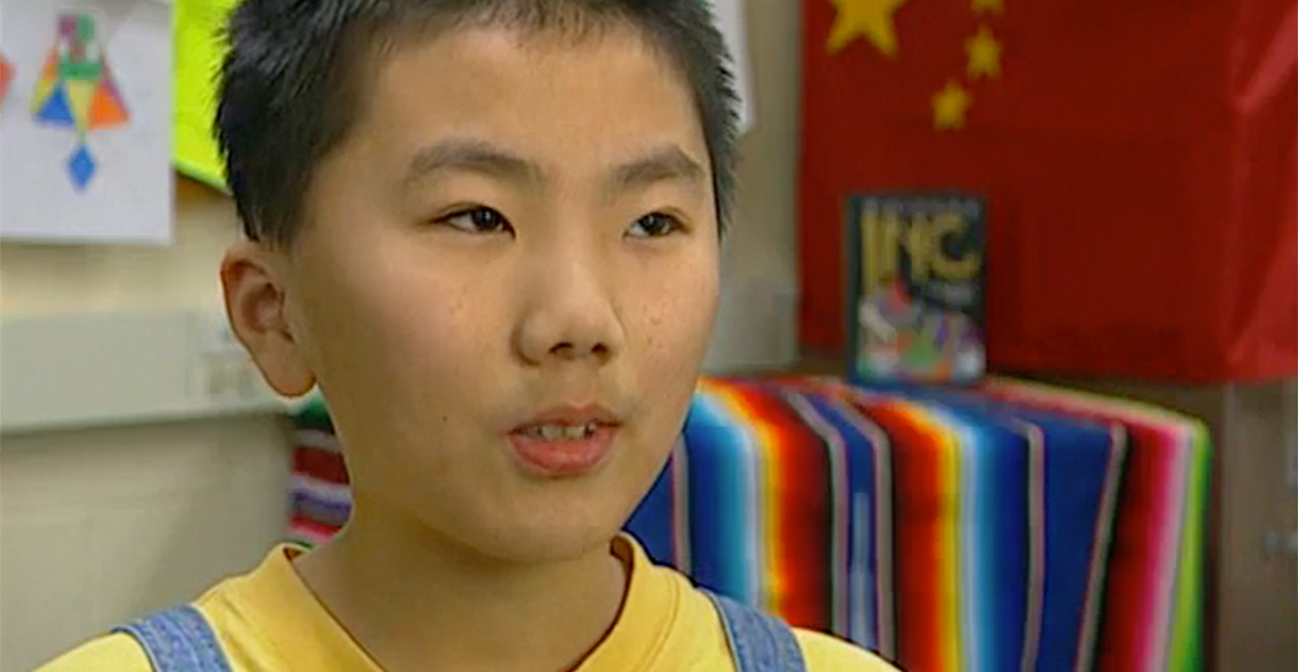Join us for conversations that inspire, recognize, and encourage innovation and best practices in the education profession.
Available on Apple Podcasts, Spotify, Google Podcasts, and more.

CLASSROOM AT A GLANCE
Teacher
Jie Gao
Language
Mandarin Chinese
Grades
6
School
Bigelow Middle School, Newton, Massachusetts
Lesson Date
February 4
Class Size
12
Schedule
50+ minutes, four times during a six-day schedule
In this lesson, students talk about sports. While their classmates learn the names and characters for eight sports, two native speakers learn more difficult Chinese vocabulary about the Olympics. Then students practice the new vocabulary and express their likes and dislikes about sports through a series of activities, including pairs discussions and group skits.
Communication: Interpersonal, Presentational
Comparisons: Language, Cultural
Reflect on Your Practice
As you reflect on these questions, write down your responses or discuss them as a group.
Watch Other Videos
Watch other videos in the Teaching Foreign Languages K-12 library for more examples of teaching methodologies like those you’ve just seen. Note: All videos in this series are subtitled in English.
Sports in Action (German) illustrates word-building for beginners through sports, and Daily Routines (Japanese) uses comprehensible input to introduce new vocabulary and begins introducing written language with a non-alphabetic writing system.
Put It Into Practice
Try these ideas in your classroom. Where it’s not already evident, reflect on how to adapt an idea that targets one performance range for application to other performance ranges.
World-Readiness Standards for Learning Languages
The World-Readiness Standards for Learning Languages create a roadmap to guide learners to develop competence to communicate effectively and interact with cultural understanding. This lesson correlates to the following Standards:
Interpersonal Communication
Presentational Communication
Language Comparisons
Cultural Comparisons
Lesson Materials
Winter Olympics Worksheet (PDF, 16 K)
Worksheet that native speakers used for Internet research
Skit Card (PDF, 26 K)
Information that students used to create their skits
Curriculum References
Massachusetts Curriculum Frameworks
Jie Gao’s Additional Resources
Web Resources:
News.sohu.com
Online portal for news and information from China (available in Chinese only). Note: Students used this site to research the Winter Olympics.